And how much water should you use?
Funny you ask, because I was about to holler out a big “Thank You!” across the rolling hills to you…
But now I can save my lungs, and my neighbors’ confusion.

No really, you deserve a pat on the back. According to the most recent USGS report (ok it was from 2010, but I still believe in you), the average daily water use by Americans was down about 10%, from 99 gallons per day to 88 gallons per day.
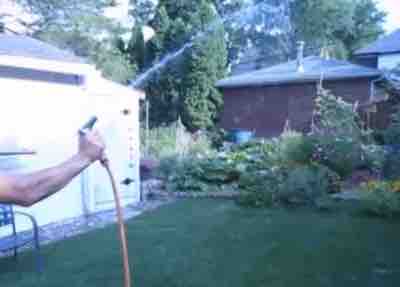

If that seems high, it’s because we normally irrigate our lawns and landscapes with drinking water. Seems silly when you put it that way, doesn’t it?
So back to the question at hand: How much rain to save? 88 gallons a day? If it rained that much, we wouldn’t need to irrigate; we’d need a boat. But everyone’s water use is different and everyone’s climate is different, so what’s a water conscious homeowner to do? Never fear, the Rain Geek is here! I love numbers, so I cobbled my way around excel and came up with a halfway decent calculator that anyone can plug in 3 or 4 basic fields and
voila! You have your ideal rainwater storage capacity.
Sure, there are some averages built into this calculator, like the above mentioned 88 gallons per person per day (you can change this if you want, hopefully lower! ;), and outdoor water use is calculated at 58%, again taken from past USGS reports of average domestic water use. Above is a screenshot of that calculator.
This is an improved version of the previous one, where you can simply select your city and the rainfall numbers automagically appear…
For a limited time we are giving away this calculator file in excel format. (nope, haven’t figured out how to write it right on the page, yet. There are currently a few cities’ data for average rainfall already pre-entered, so you simply select your nearest city from a dropdown menu and get your approximate monthly rainfall amounts.
If you would like a calculator with your specific rainfall data and don’t feel like entering it yourself, just put your city in the request below and you will receive one with your data pre-entered.
[contact-form-7 id=”12684″ title=”Free RainCalc Contact Form”]
Update: Wahoo! Here is that calculator! Pretty much anywhere you live in the 50 states, you should be able to get pretty close right here…
Or, if that’s even too much work, you can get a pretty good idea from the table below what your ideal rainwater storage capacity should be. Keep in mind, these are averages and the rainfall examples used are San Diego (10″/yr), Los Angeles (19″/yr), and Redding (35″/yr). They are not exactly 10, 20, and 30″ as the table says, but hey, if you live in one of those cities? Boom. Done.
Keep in mind the limiting factor is usually the size of above ground storage, not whether you could use it all or whether you have enough roof area.
I say “above ground” because that is what people usually think of, aka rain barrel or tank; however, true rainwater harvesting (and the most cost effective and lowest maintenance) can entail something as brutally simple as digging some gradual swales, channels, berms or low-lying areas with deep rooting native plants, by which you redirect stormwater runoff that would normally shoot right straight to the street, and help it get lost on a beautiful journey throughout your landscape, gradually, slowly, gently coaxing it into the ground. Just have to be careful doing this if you have a full, finished basement..
It is an important step, and one that should not be overlooked, to try to ‘slow the flow’ of every raindrop that falls onto your property and let it seep into the ground.
If everyone who owned a home did this, (yes, even where it’s illegal — read the post on that to see why), even with continuously careless, impervious development, I believe we would no longer be quickly approaching vast water shortages that are being forecast.
Ok, that would stop aquifer depletion, but will it counteract lead pipes? No. But having your own rainwater storage would.
http://www.usnews.com/opinion/articles/2016-06-29/the-united-states-faces-a-national-water-crisis
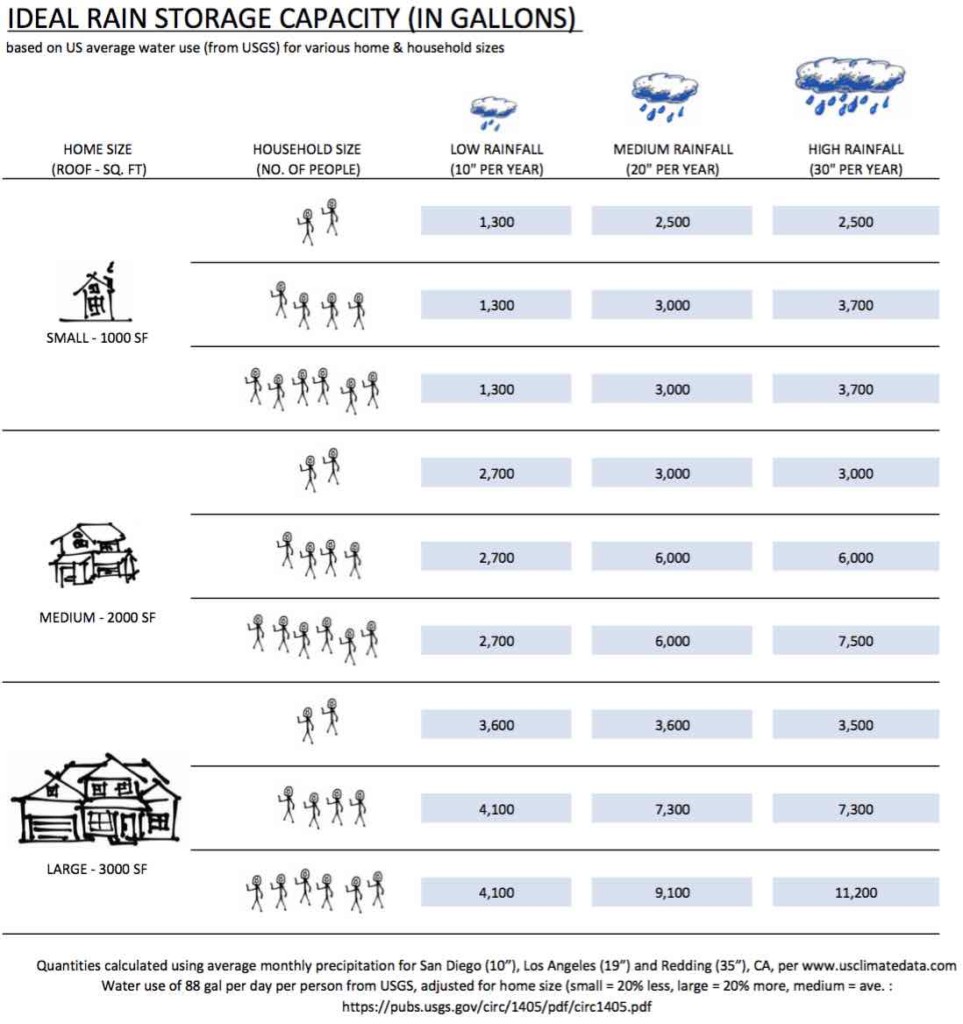
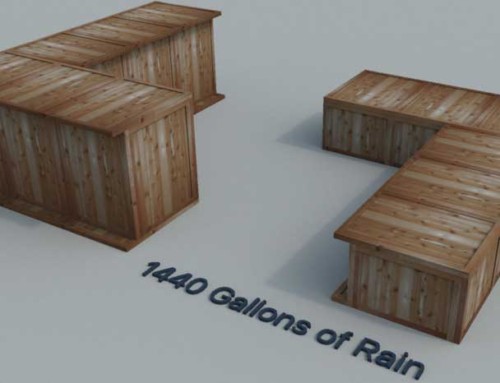
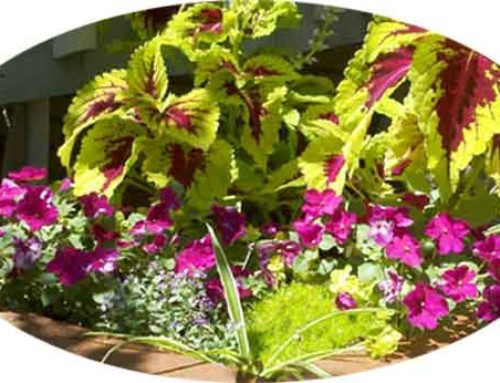
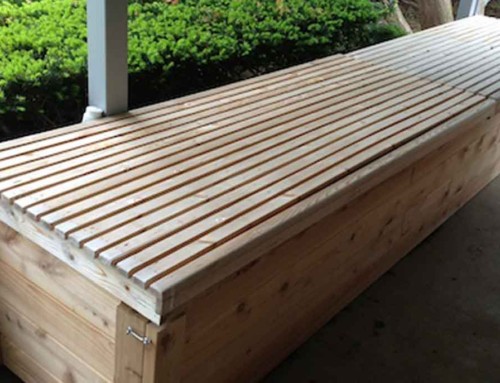
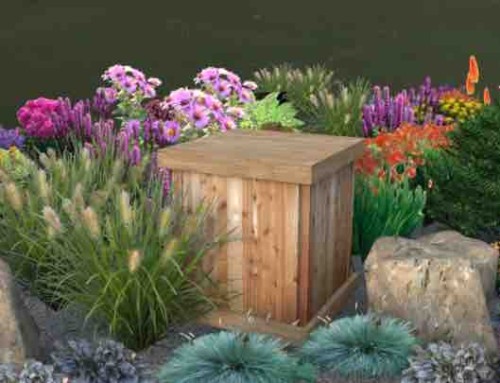
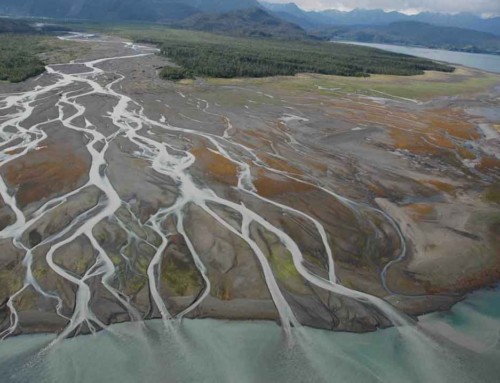

Leave A Comment